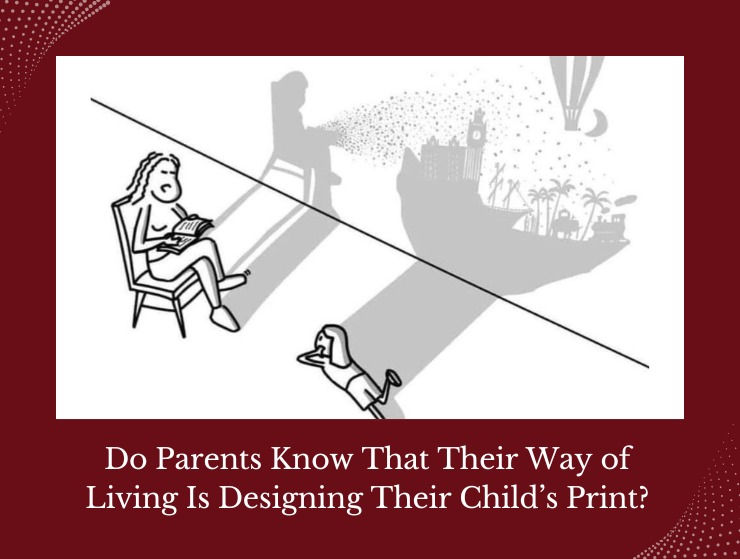Teaching vs. Training: Why Lecturing Doesn’t Work
- Sonal Ahuja

- Aug 22
- 2 min read

Meet Meera, a Curious 4-Year-Old
One evening, Meera spilled her juice on the table. Her father immediately began explaining:
“Meera, you should be careful! Look what happens when you don’t pay attention. Next time, hold the glass properly.”
Meera stared blankly. She wasn’t absorbing the words. Moments later, she knocked over her toy basket too.
Why? Because children don’t learn through lectures — they learn through experience.
The Difference Between Teaching and Training
Teaching (lecturing): Telling children what to do, giving long explanations, and expecting them to remember.
Training (hands-on learning): Guiding children through practice, repetition, and real-life experiences.
When parents only lecture, children often:
Tune out after the first sentence
Feel overwhelmed or scolded
Fail to apply the advice in real situations
But when parents train through action, children:
Practice skills in real time
Remember lessons through experience
Build confidence in their own ability
Why Lectures Don’t Work for Young Children
Early childhood research shows that:
Children under 7 learn best by doing, not by listening to long talks
The brain builds stronger connections through trial-and-error
Emotional tone matters: lectures feel heavy, but playful training feels safe
Example: Instead of saying, “Don’t run indoors, you’ll get hurt,” try walking with your child and saying:
“Let’s see how our feet sound when we walk quietly like a cat.”
This transforms a lecture into a learning experience.
What We Do at Amogh Early Learning Centre
At Amogh Early Learning Centre, we believe children learn through guided exploration.
Our educators avoid long instructions. Instead, they:
Model behavior
Create hands-on experiences
Encourage practice and reflection
For example, instead of lecturing about sharing, we set up activities where children naturally take turns, and gently guide them if challenges arise.
This way, lessons are not just told—they are lived.
Parenting Takeaway: Replace Words with Actions
Next time you’re about to launch into a long explanation, pause. Ask yourself:
✅ Can I show instead of tell?
✅ Can I create a practice moment?
✅ Can I make this lesson fun and experiential?
Because children may forget what you say, but they will always remember what they experience.




Comments